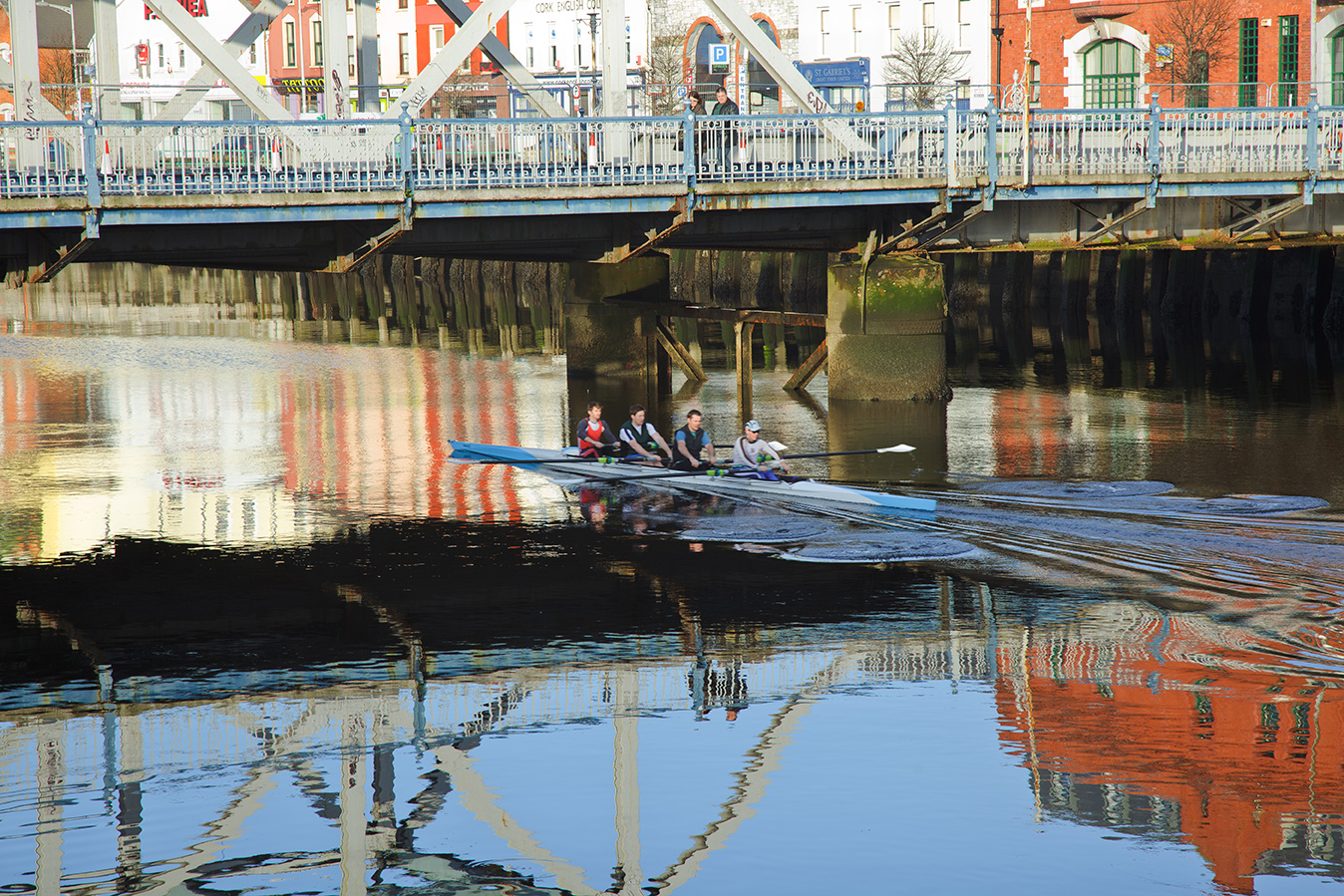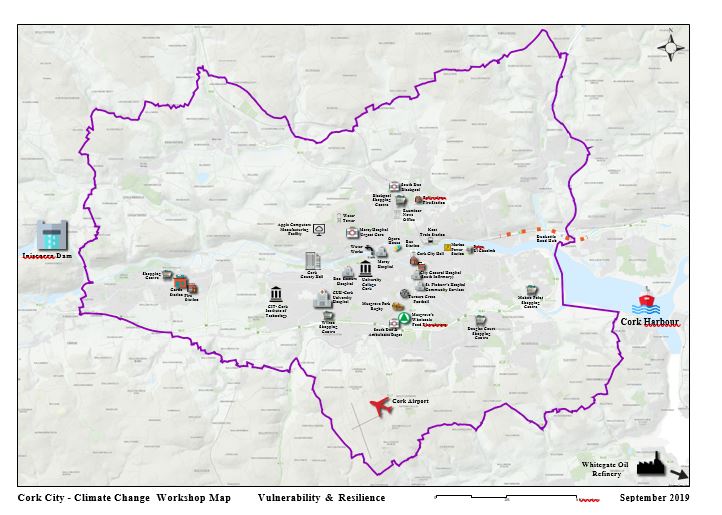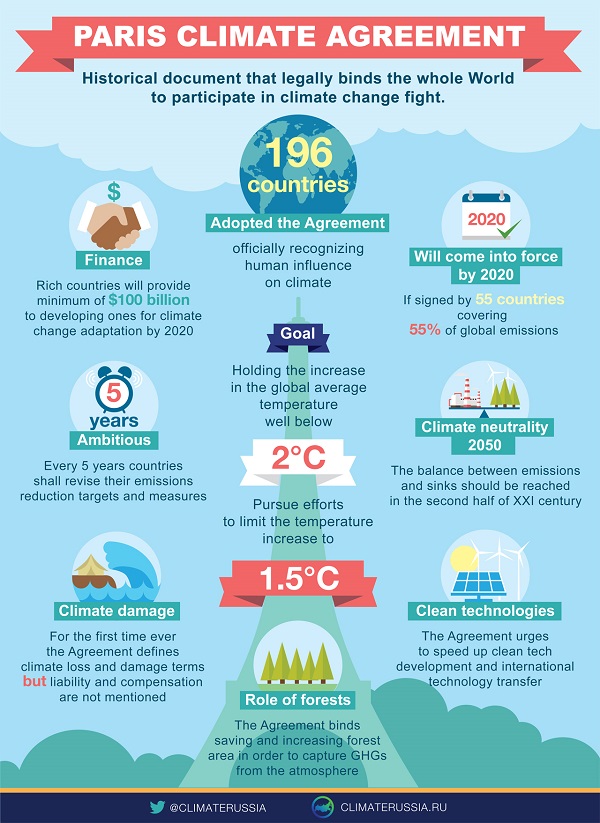5. Climate Change
5.1. Introduction

Climate Change impacts are currently being experienced worldwide, by all people, across all sectors and particularly in urban areas, where over half of the world’s population now live1. With over 70% of all greenhouse gas emissions being generated in urban areas2, cities are now the principle source of and solution to climate concerns. If left unchecked, global warming will continue to influence and change weather patterns and put entire nations at risk in terms of food security, the loss of biodiversity, and the ability to provide shelter for their population.
The Atlantic Region of Europe can now expect more heavy rain; higher river flow; higher risk of flooding from rivers; and higher risk of flooding due to storms in winter. A central issue for the upcoming City Development Plan will be how to tackle climate change and address the wide range of impacts it is having on the environment, society, economy and natural resources of Cork City, Cork Metropolitan Area and the wider region.

5.2. Climate Change in Cork
Over the last decade, Cork has experienced severe flooding events3, heavy snowfall, drought, heatwaves, and more frequent and intense< storms, which have caused significant disruption to the city’s society and the economy. This is representative of a wider global trend of more severe and frequent weather events, an increasing annual global average temperature and rising sea levels. These events are expected to intensify in the coming decades.
Cork is also home to key elements of strategic infrastructure that serve an extensive regional catchment and need to be protected from the impacts of climate change. Some examples sport, education, social, and cultural infrastructure and services that need to develop resilience to climate change are illustrated in the diagram overleaf.

5.3. Energy Use and Greenhouse Gas emissions in Cork
Energy Cork, with SEAI grant funding, prepared an Energy Master Plan (EMP) for Cork City and County, in 2019. The Cork EMP establishes a 2016 baseline for energy use and energy related greenhouse gas emissions. While the plan uses previous administrative boundaries, an updated calculation estimates the current population of Cork City uses approx. 5,000 GWh of energy per year. The resulting greenhouse gas (GHG) emissions amounts to approx 1.452 MtCO2, which is 2.4% of Ireland’s total GHG emissions 4. This total is based on energy use only, and does not include other emission (e.g. emissions from agriculture).
Globally, Ireland accounts for 0.12% of global GHG emissions (approx 53,000 MtCO2). While Cork City’s emissions are a very small share of global emissions, a halving of these emissions can make a recognised contribution at a global level. This fact alone demonstrates how Cork City is part of a global community that must now play a leading role in reducing and reworking our energy consumption to properly tackle climate change.

5.4. Climate Change Agreements and Actions
The Paris Climate Agreement, adopted in 2015 by the United Nations Framework Convention on Climate Change (UNFCCC), is the global agreement setting out measures to reduce the risk of climate change up to 2030. The Paris Agreement’s main goal is to keep the increase in global average temperatures to below 2°C by using actions that implement specific mitigation, adaptation, and finance measures for all countries.
As part of the Paris Climate Agreement, over 9,000 cities and local governments, including Cork City, have now signed up to the Global Covenant of Mayors for Climate Change5. In doing so, Cork City Council had to prepare and submitted a Sustainable Energy and Climate Action Plan (SECAP) in 2018 and has also committed to reporting every two years on the implementation of its mitigation and adaptation measures. The Covenant of Mayors commitment has the potential to play a key enabling role towards the long-term commitment of Cork City Council to transition to a low carbon society and economy.
The Governments National Climate Action Plan (2019) identifies the nature and scale of climate change. The plan examines several key sectors, such as transportation, industry and agriculture and the built environment, and points to areas within each that need to be tackled to address climate change. There are as total of 183 actions in the plan, 20 which are specifically related to local authorities. The plan also sets out new governance arrangements including carbon-proofing policies, the establishment of carbon budgets, a strengthened Climate Change Advisory Council and greater accountability to the Oireachtas.
In October 2019, the Dept. of Communications, Climate Action and Environment signed a Climate Action Charter committing every local authority to drive forward meaningful climate action in their communities. The Charter commits to several local authorities actions, including:
• Put in place processes for carbon proofing major decisions, programmes and projects, including investments in transport and energy infrastructure; • Deliver a 50% improvement in energy efficiency by 2030;
- Ensure all suppliers provide information on their carbon footprint and steps to reduce same;
- Build local citizen engagement, particularly with young people;
- Partner & collaborate on climate action initiatives with local community groups, enterprises, schools and higher level institutions and
- Monitor, evaluate and report annually on the implementation of activities.
The 10 National Strategic Outcomes (NSOs) set out in the National Planning Framework 2040 will also play a significant role in directly or indirectly tackling climate change. The most important and challenging of these will the delivery of NSO 8: Transitioning to a Low Carbon and Climate Resilient Society, and its related objectives, including:
- Support the circular and bio economy, in particular through greater efficiency in land management, greater use of renewable resources and by reducing the rate of land use change from urban sprawl and new development. (NPO 53)
- Promote renewable energy use and generation at appropriate locations within the built and natural environment to meet national objectives towards achieving a low carbon economy by 2050. (NPO 55)
- Integrated planning for Green Infrastructure and ecosystem services will be incorporated into the preparation of statutory land use plans. (NPO 58)
At a regional level, the Southern Regional Spatial Economic Strategy (RSES) sets out the regional planning approach to tackle climate change in line with national policy. Climate Action Regional Offices (CARO) have recently been established to assist each local authority to prepare and implement climate change policies and actions. The role of the CARO is to assist and coordinate the preparation of all local authority climate change adaptation strategies in its region. Cork County Council was appointed as the lead local authority to manage the CARO for the Atlantic Seaboard South region 6.
5.5. Cork City Council Climate Change Adaptation Strategy 2019-2024
The Cork City Council Climate Change Adaptation Strateg 2019-2024 is a response to the impact climate change is already causing on the citizens and infrastructure of Cork City, and will continue to cause into the foreseeable future. The plan is the first in many steps needed to tackle local climate change issues, such as climate breakdown, the decarbonisation of our society and actions to increase climate resilience in the city.
The strategy outlines 66 actions, designed to address climate change and bio-diversity issues for the city. This constitutes a significant local step towards the national goal of transitioning to a low carbon society, with many adaptation actions now being initiated.
The governance structure of Cork City Council’s climate change effort includes the newly formed Climate Action Committee, which was established by the members of Cork City Council and will play a central role in driving the implementation of actions set out in the city’s adaption strategy.
As part of the National Energy Efficiency Action Plan, the public sector has also committed to a 33% improvement in energy efficiency by 2020. As of 2018, Cork City Council had achieved a 32% improvement in energy efficiency of its operations.
5.6. Key Climate Change Challenges and Opportunities facing Cork City
Climate change poses a serious threat to sustainable urban development, placing many of the world’s cities at risk. Given its geographic setting, proclivity to flooding, and its increasingly urban based population and employment base, Cork City has some very specific challenges and opportunities, including the following:
- Realising the 10 National Strategic Outcomes outlined in the NPF, in particular achieving: Compact Growth (NSO 1), Sustainable Mobility (NSO 4) and Transitioning to a Low Carbon and Climate Resilient Society (NSO 8).
- Facilitating a radical increase in more sustainable forms of transport that significantly reduce carbon emissions levels in the city;
- De-coupling economic growth and prosperity from increases in carbon emissions and environmental degradation at a city level;
- The promotion and where viable use of nature-based solutions to combat climate change, in the design and implementation of flood relief schemes and in addressing bio-diversity issues;
- Reducing greenhouse gas emissions within the built environment, including the rethinking the materials, methods, operation and management procedures within the building sector and
- Taking appropriate action to ensure that strategic infrastructure such as health, transport, education and social services are resilient to climate change.
5.7. Key Questions:
- How can land use zoning be used to help tackle climate change in Cork City?
- What actions are needed to protect strategic infrastructure from climate change?
- What role do green and blue infrastructure, sustainable agriculture and renewable energy have in helping to tackle climate change in Cork City?
- How can energy efficiency and effectiveness be improved within the next city development plan?
- How can Cork City’s transport systems be improved to reduce greenhouse gas emissions within the city and region? How important are the delivery of measures set out in Corks Metropolitan Area Transportation Strategy in achieving this?
- How can Cork City Council further increase its energy resilience as a local authority?
- What are the best means of increasing the greening throughout the city, including local, neighbourhood and city scale greening projects?
- What other actions and policy changes could be made to help mitigate and adapt to climate change?
- 1- 55% of the world’s population now live in urban areas, with an expected rise to 66% by 2030 (UN, 2019)
- 2- UN – “Cities: a cause of and solution to climate change” (September, 2019)
- 3- Cork City Climate Adaption Strategy, September 2019
- 4- This calculation is based on the EPA’s 2016 estimated total of 61.55 MtCO2 of GHG emissions for Ireland
- 5- The GCoM is the largest global alliance for city climate leadership, represent more than 800 million people from over 10,000 cities in 138 countries. https://www.globalcovenantofmayors.org/about/
- 6- The CARO for the Atlantic Seaboard South region is made up of: Cork City Council, Limerick City and County Council, Cork County Council, Kerry County Council and Clare County Council.